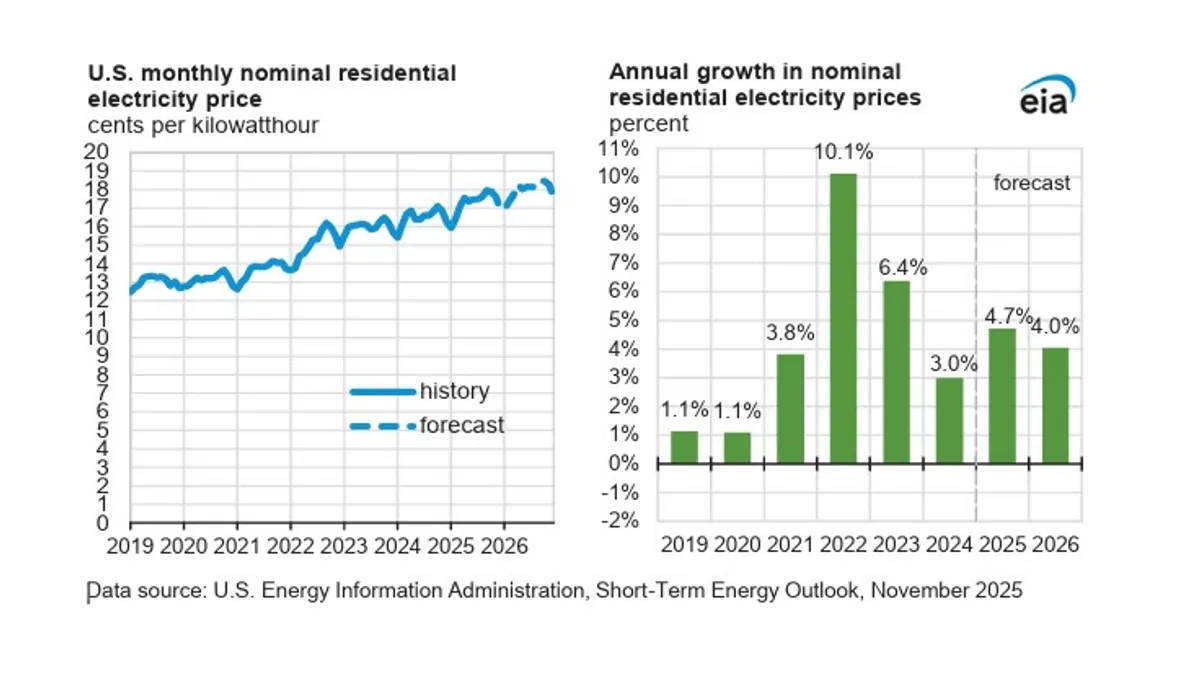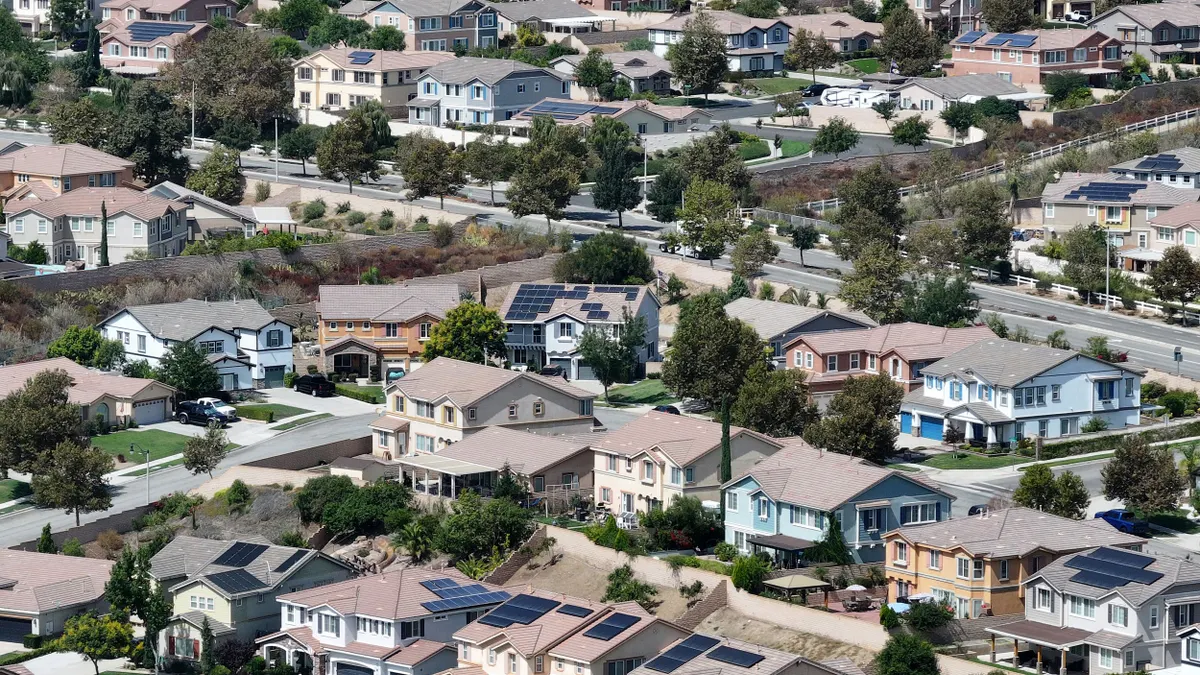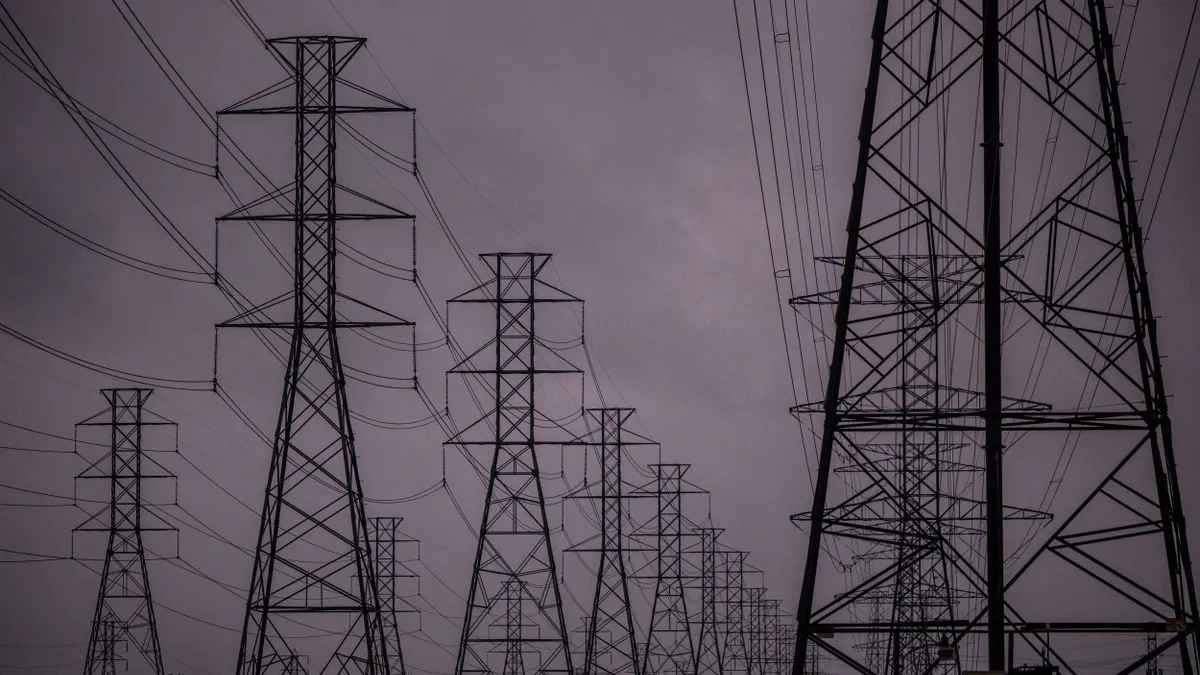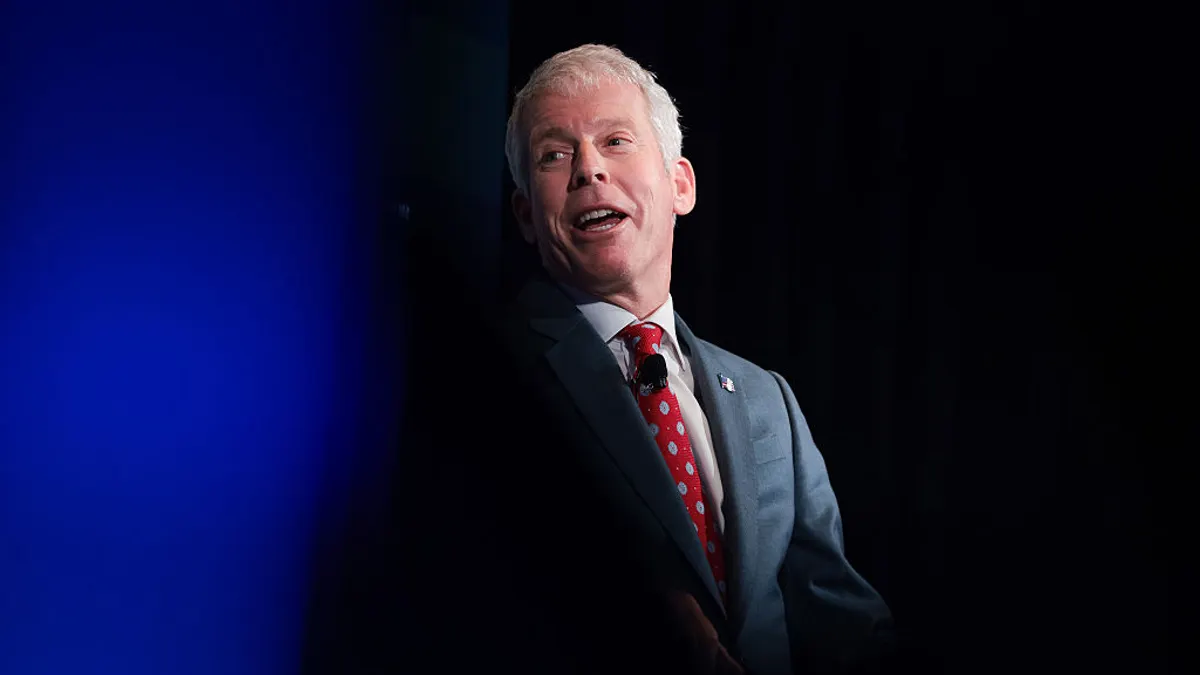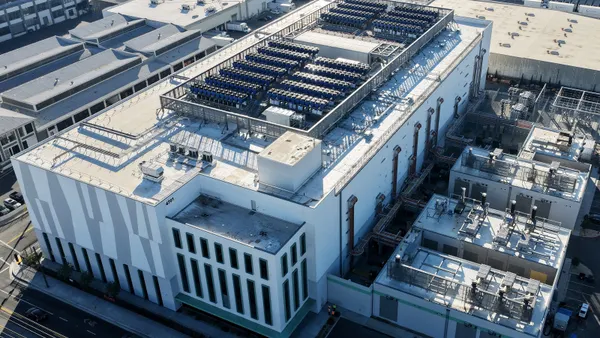The following is a contributed article by Ronald DiFelice, managing partner at Energy Intelligence Partners.
Many states across the U.S. are in the process of developing the next wave of policies to help meet carbon reduction targets for the electric power industry and take advantage of the rapidly falling cost of renewable energy. A stream of state grants, mandates and incentives are being announced monthly to help drive transitions. Popular vehicles include expanded renewable portfolio standards, adders for renewable energy resources, and carbon taxes.
A less well-known policy approach is a Clean Peak Standard, which requires a percentage of annual system peak demand be met with clean resources. Massachusetts recently issued draft regulations of their Clean Peak Energy Standard that was passed into law in 2018. Arizona and California have previously explored a Clean Peak Standard, and it has been proposed for North Carolina.
While solar and wind resources have become the cheapest source of energy in many states, their intermittency means that they struggle to replace firm capacity resources without being paired with some type of energy storage. When paired with energy storage, these resources can be effectively dispatched during high demand periods.
Power delivered during peak periods is the most expensive and, in many cases, has the highest marginal emissions. This is because utilities must build and sustain infrequently used assets to be able to meet the system peak demand. These assets may only be used a fraction of yearly hours, but their high cost of operation means that they have an oversized impact on the annual cost of power. This is illustrated in Figure 1 which shows the real-time energy price-duration curve for various hubs in the Midcontinent Independent System Operator (MISO) territory in 2018.
In markets with exceptional solar irradiation like California, Nevada and Arizona, utility scale solar-plus-storage is often the lowest cost option for providing power, regardless of the time of the day. The 400 MW solar plus 300 MW / 1.2 GWh energy storage project recently announced for the city of Los Angeles, priced at under $0.04/kWh, is a prime example. But what about states without extraordinary wind or solar resources that have access to cheap power from coal and natural gas resources — can renewable energy plus storage projects make economic sense in those locations today?
The answer is yes. The economics of energy storage have improved greatly over the past several years and renewable energy plus storage hybrid facilities can cost-effectively compete with existing coal and natural gas assets for peak power. As an example, Energy Intelligence Partners (EIP) recently reviewed the electric power sector in Michigan, a state with low solar resources, and found a compelling case for solar-plus-storage on a purely economic basis.
EIP’s analysis is outlined in a just-released white paper that describes and justifies a Low-Cost Peak Program (LCPP) for Michigan that mitigates high electricity costs during peak demand periods. It’s not called a Clean Peak Standard because the main purpose of the LCPP is to reduce customer costs and reduce future risks for Michigan ratepayers by leveraging renewable energy cost declines. The ancillary benefits include reduced emissions, energy independence, resiliency, and hedged fuel-price risks, as well as the ability for Michigan to retire uneconomic fossil fuel assets early.
The LCPP requires that renewable energy generation is paired with energy storage. A portion of power delivered during designated peak periods must be generated by renewable energy and delivered by some combination of the renewable energy generator and the energy storage paired with that renewable energy generator. The LCPP would apply to Michigan’s three major electricity retailers (together, the "Utilities") and covers 10% of their system peak load by 2025.
Using solar as a proxy for the renewable resource, the LCPP for Michigan would drive the deployment of 1,910 MWs / 7,650 MWh of energy storage and 2,870 MWs of solar PV (DC) by 2025. (1,910 MWs represents 10% of the Utilities 2018 system peak load and the amount of solar shown represents a DC/AC ratio of 1.5). Using average cost estimates from Consumers’ 2018 IRP ($0.105/kWh) and the maximum costs of LCPP ($0.10/kWh), the LCPP would deliver benefits of at least $718 million over a 35-year period.
According to the EIA, the average CO2 emissions for electricity generation in Michigan is 1,167 lbs./MWh, which means the LCPP would avoid the emission of over 2.17 million metric tons of CO2 per year, with no fuel or regulatory risk. Other highlights of the LCPP include:
- Eligible LCPP resources would be new and retrofit 4-hour energy storage facilities, co-located and paired with solar or wind generators, with a utility interconnect between 1 MW and 20 MW;
- The LCPP resource must be capable of delivering firm output continuously for 4 hours per day during weekdays, 50 weeks per year, for 35 years;
- LCPP projects would be awarded through a reverse-auction process, with LCPP resources eligible for a maximum of $10/kW-month capacity payment and energy payment of $0.05/kWh fixed for the life of the project. These maxima represent an average price of $0.10/kWh for 35 years beginning in the year 2025. This peak price compares favorably with the average capacity and energy prices provided in the 2018 Consumers IRP filed with the Michigan Public Service Commission, which predicts a price of $0.105/kWh beginning in 2025 (note: average growth rates were assumed for the period beyond the projected period in order to compare the same time horizon).
The Utilities would be responsible for administering the LCPP in two tranches with oversight and execution by the Michigan Public Service Commission or an Independent Administrator. No awards would be made if LCPP bids do not come in below the LCPP threshold price. Additional responsibilities of the Utilities would be to provide grid locational guidance and to bi-annually assign the LCPP 4-hour peak periods for each location based on evolving grid needs. By giving the Utilities these roles, the LCPP would provide maximum benefits for all stakeholders.
The LCPP would allow for the early retirement of uneconomic thermal generation assets, and there are many approaches for retiring such stranded assets early. To help the transition and offset any losses due to early retirement, the Utilities could own up to 30% of the LCPP capacity in their service territory and have the option to purchase third-party owned LCPP resources on the 6th anniversary of the commercial operating date at fair market value.
For Michigan, the LCPP presents a unique opportunity to become the energy storage hub for all of MISO. MISO Zone 7 resides entirely in Michigan and along with the > 2,150 MW of capacity from the Ludington Pumped hydroelectric facility, Michigan can capitalize on the increase in value for peaking and ramping resources that is expected due to the future growth of renewable energy deployment in all parts of MISO.
Overall, the analysis shows that the LCPP can work even in a non-obvious state like Michigan. As market conditions continue to favor renewable energy plus energy storage, many states could leverage this type of market-driven policy to meet peak needs and retire uneconomic assets early. But don’t call it a clean peak standard, instead highlight the new favorable economics of renewable energy resources and call it what it is: a Low Cost Peak Program.





